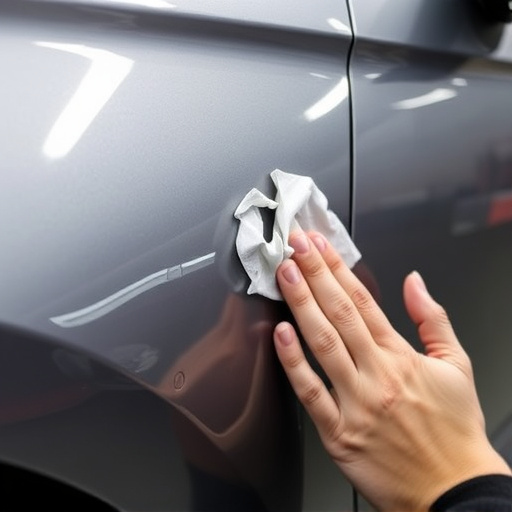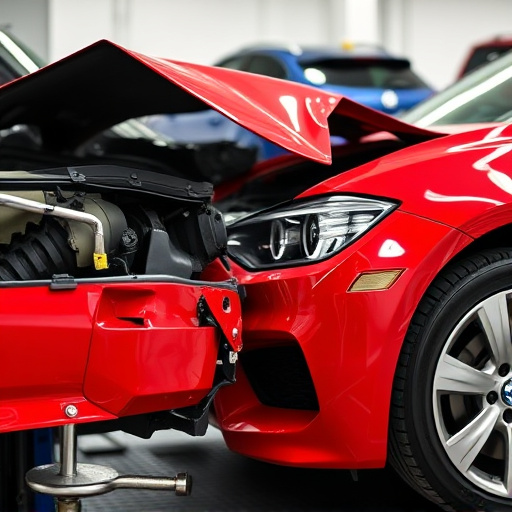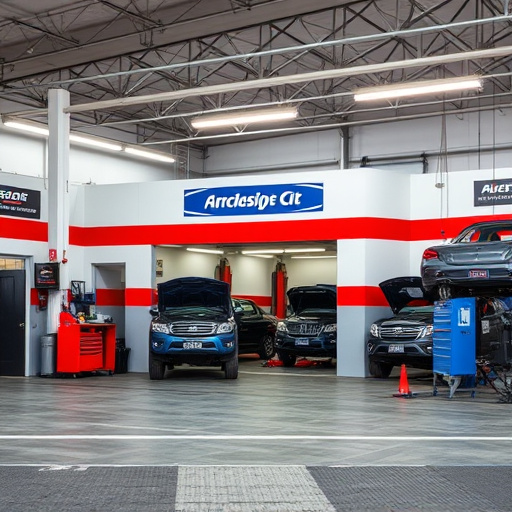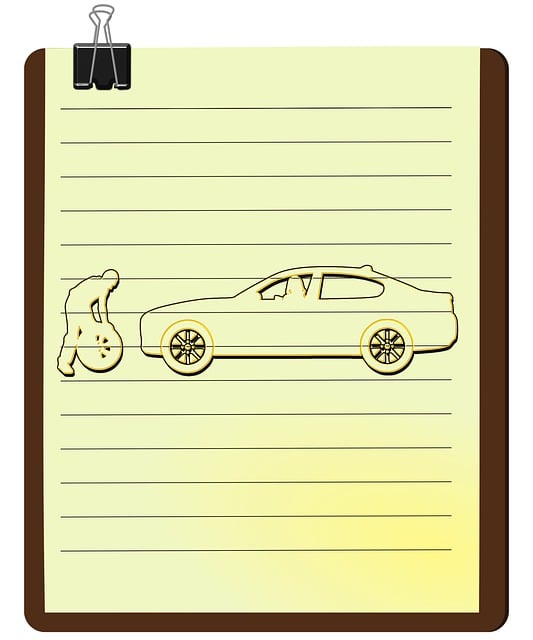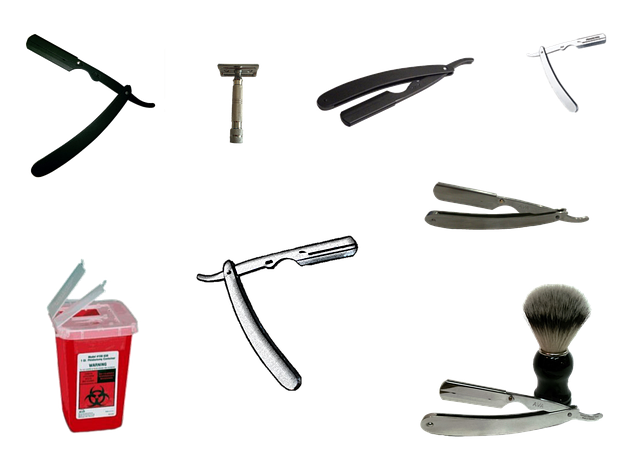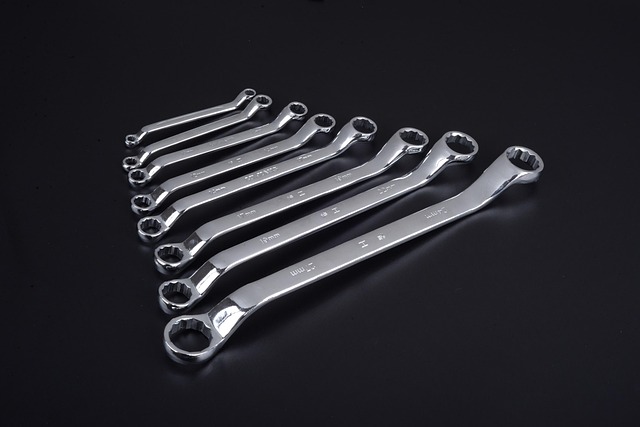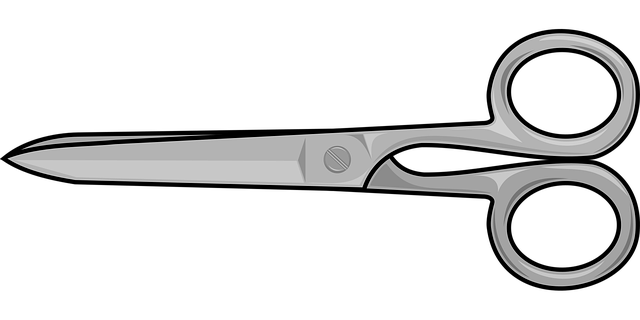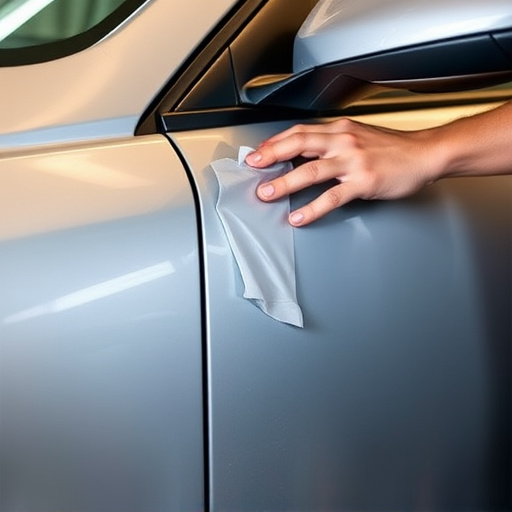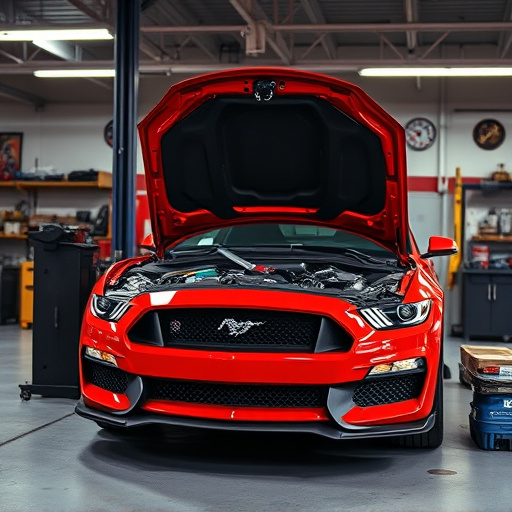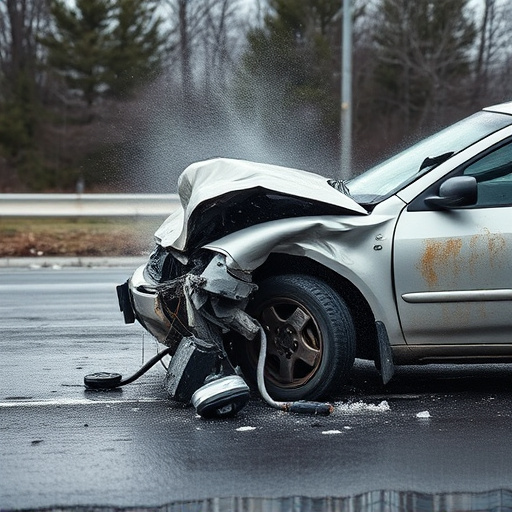Using OEM (Original Equipment Manufacturer) parts is essential for reliable frame repair in insurance claims. These genuine components ensure structural integrity, safety standards, and proper fit, aligning with vehicle models. Insurance companies mandate OEM parts for quality repairs, while professionals prioritize them to prevent future issues. Non-OEM materials may compromise durability, alignment, and increase costs. Adhering to OEM specifications benefits both customers and insurers by ensuring efficient claim settlements, high-quality repairs, and positive relationships in auto maintenance.
Frame repair for insurance claims often demands the use of Original Equipment Manufacturer (OEM) parts and materials. These genuine components play a crucial role in ensuring accurate assessments and swift claim settlements. This article delves into the significance of OEM parts, exploring the challenges posed by non-OEM alternatives and highlighting the benefits of adhering to insurance requirements for efficient frame repair processes. By understanding these nuances, policyholders can navigate their claims with greater clarity.
- Understanding OEM Parts: Their Role in Insurance Claims
- Challenges of Using Non-OEM Materials for Frame Repair
- Benefits of Adhering to Insurance Requirements for Effective Claim Settlement
Understanding OEM Parts: Their Role in Insurance Claims

OEM (Original Equipment Manufacturer) parts play a crucial role in frame repair for insurance claims. When your vehicle experiences an auto collision, insurance companies often require that repairs are done using genuine OEM components to ensure quality and safety standards. These parts are specifically designed and manufactured by the same company as the original equipment, guaranteeing they meet the exact specifications of the vehicle model. Using OEM parts is essential in maintaining the structural integrity of the car’s frame, which is vital for both performance and safety during driving.
In a car body shop or bumper repair facility handling frame repair for insurance, professionals are equipped to source these specialized parts. They understand that using subpar replacements could compromise the vehicle’s overall structure and resilience, leading to potential future issues. Therefore, they prioritize using OEM materials to guarantee that the repaired vehicle is as safe and reliable as new, ensuring customer satisfaction and peace of mind on the road.
Challenges of Using Non-OEM Materials for Frame Repair

Using non-OEM (Original Equipment Manufacturer) materials for frame repair in insurance claims can present several challenges. Firstly, it may result in subpar quality and durability compared to genuine parts. Since frame repair is a critical process, ensuring structural integrity and long-term reliability is paramount. Non-OEM materials might not meet the same rigorous standards set by car manufacturers, leading to potential weaknesses that could compromise safety.
Secondly, using alternative materials can make it harder to achieve a seamless finish, both aesthetically and in terms of fit. Auto detailing professionals often rely on OEM parts because they are designed specifically to blend with the vehicle’s original components, ensuring a perfect match. Non-OEM materials may not align properly, leading to unsightly gaps or misalignments that require extra effort and skill to rectify, potentially adding to the overall cost of the repair process. This is especially true for car bodywork repairs, where precision and accuracy are key to restoring the vehicle’s pre-accident condition.
Benefits of Adhering to Insurance Requirements for Effective Claim Settlement
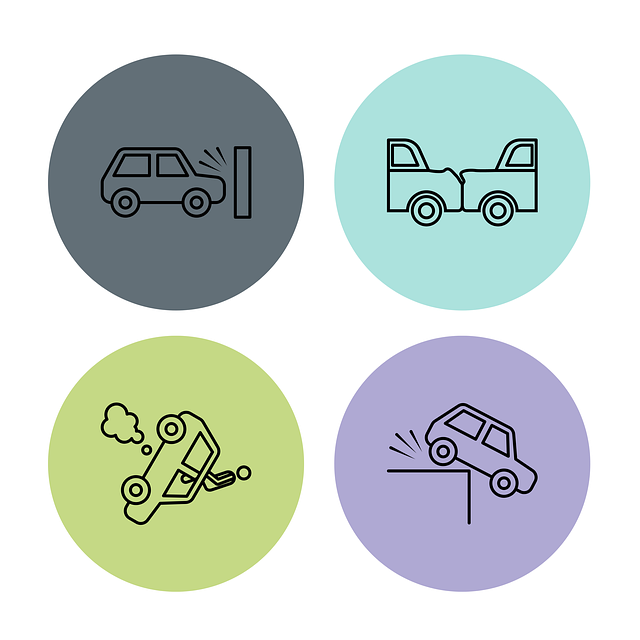
When it comes to frame repair for insurance claims, adhering to the specified requirements is paramount for a swift and successful claim settlement process. Insurance companies mandate the use of Original Equipment Manufacturer (OEM) parts and materials due to their superior quality and compatibility with your vehicle’s design. These parts are specifically designed and tested to ensure they meet safety standards and restore your car to its pre-accident condition, enhancing overall performance and reliability.
By following these guidelines, auto collision centers can provide customers with high-quality repairs that not only fulfill insurance requirements but also contribute to the longevity of their vehicles. This meticulous approach streamlines the claim process, minimizes disputes, and ensures satisfaction for both policyholders and insurers, fostering a positive relationship in the world of auto maintenance.
When dealing with frame repair for insurance claims, using Original Equipment Manufacturer (OEM) parts and materials is crucial. This ensures not only compliance with insurance requirements but also guarantees high-quality repairs that promote effective claim settlement. By understanding the role of OEM parts and navigating the challenges of non-OEM alternatives, vehicle owners can streamline their repair process and secure faster, more efficient coverage from their insurance providers.


